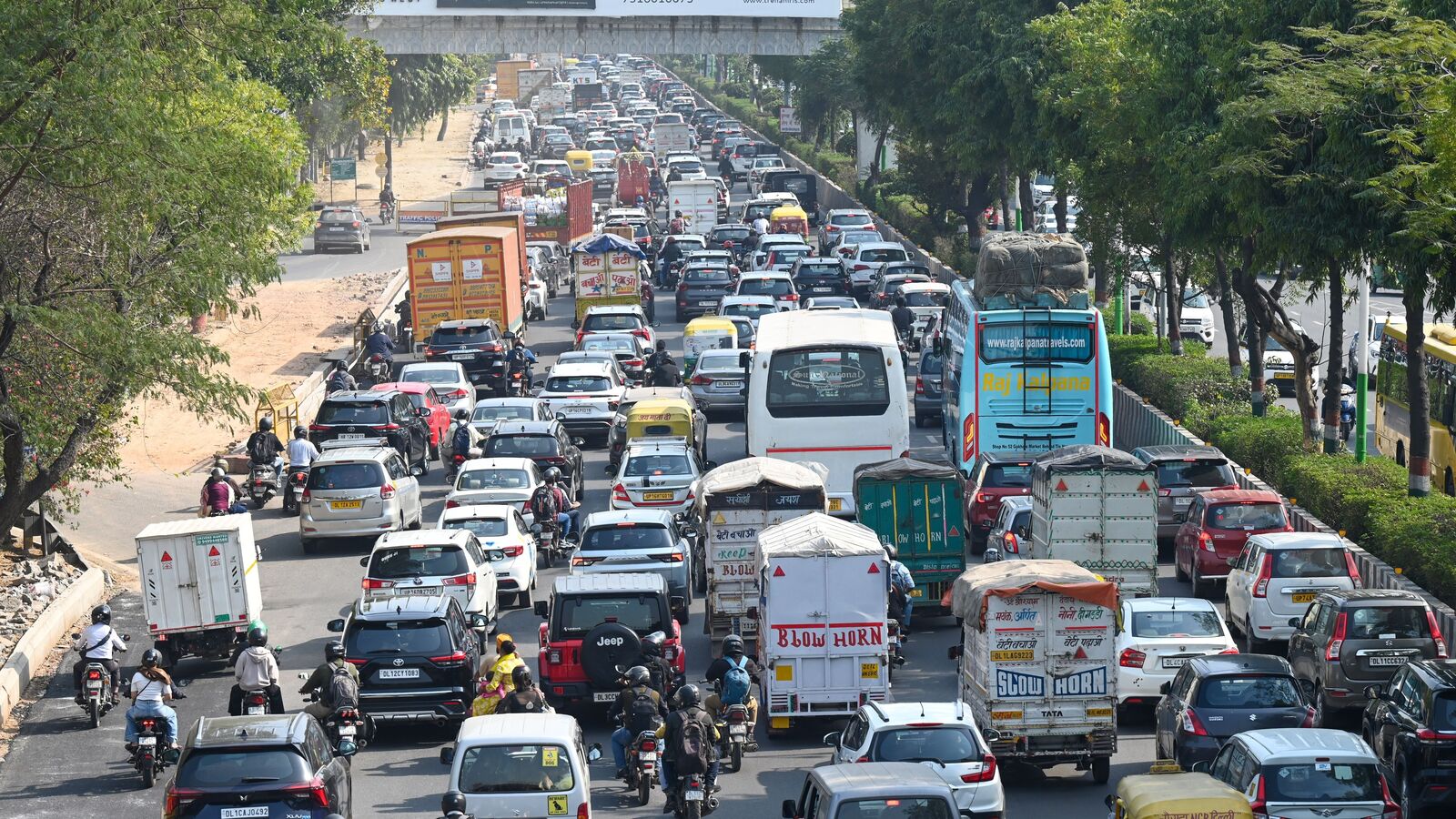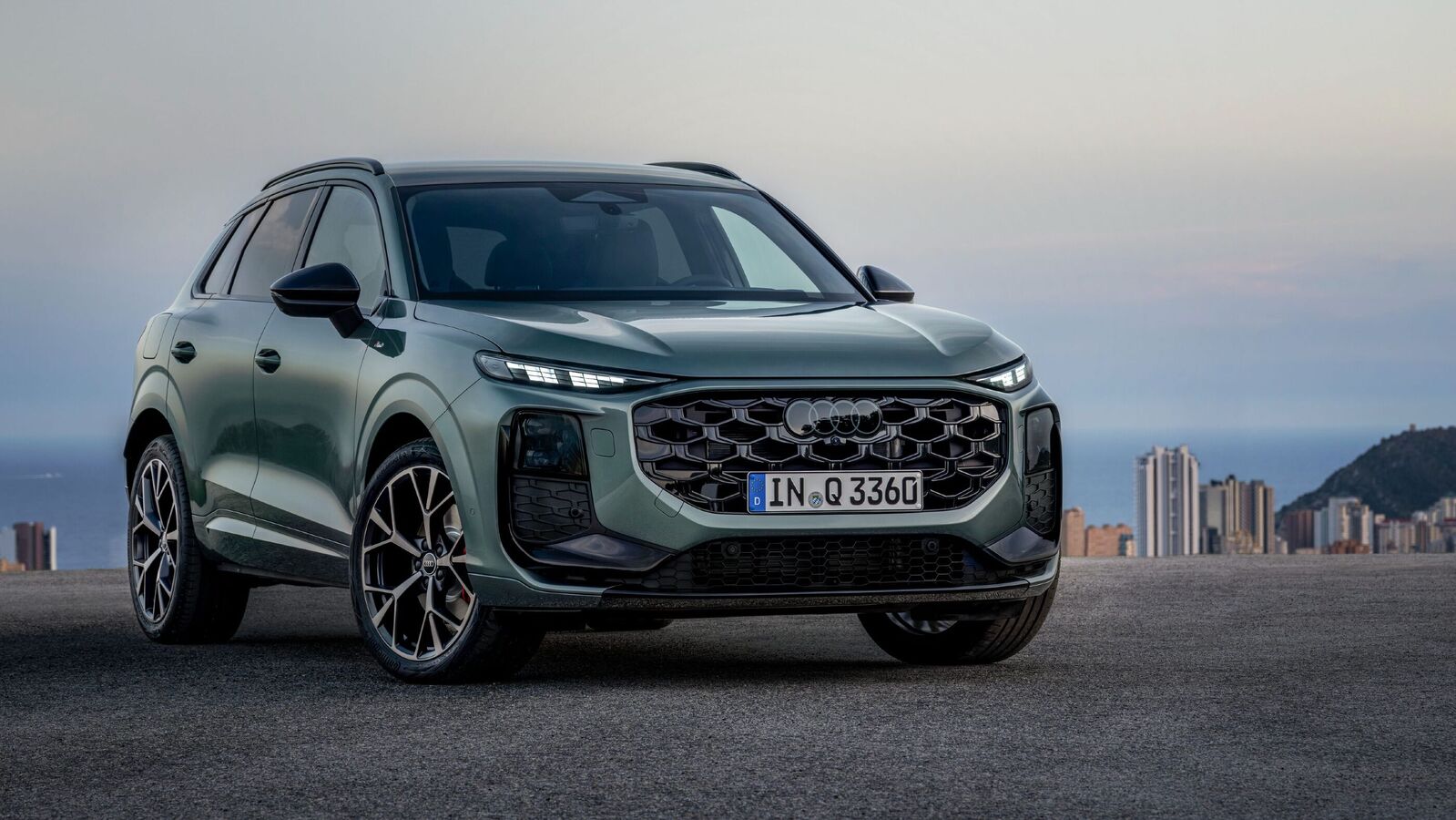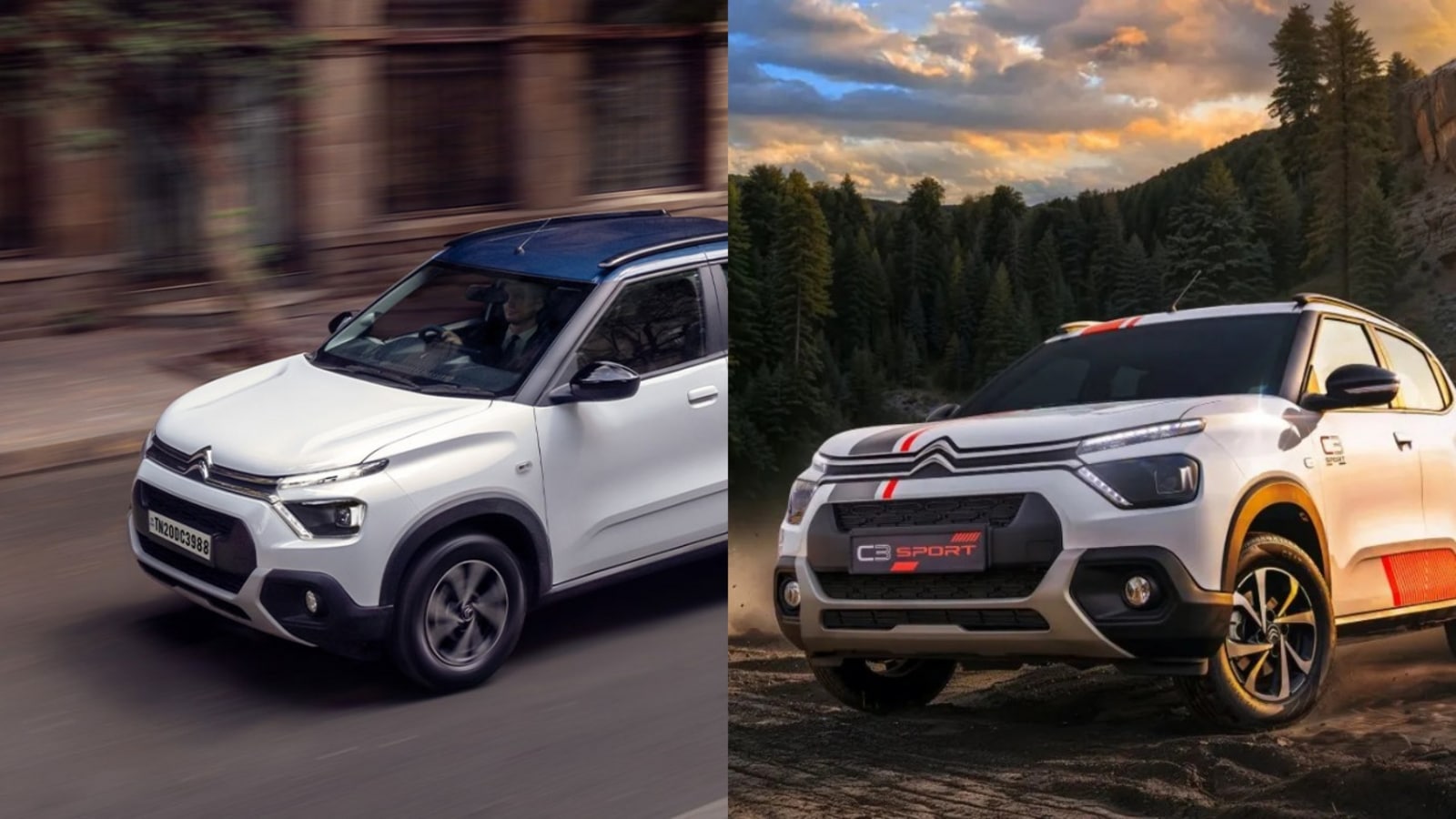- India’s vehicle count will double by 2050, dominated by two-wheelers and private cars. EVs are cost-competitive in light segments, but diesel still rules freight.
View Personalised Offers on
India’s vehicle ownership is projected to more than double by 2050, rising from 22.6 crore in 2023 to nearly 50 crore, according to new studies released by the Council on Energy, Environment and Water (CEEW). The research highlights two-wheelers and private cars as the major drivers of this growth, with wide-ranging implications for fuel demand, infrastructure needs, and urban mobility challenges.
Two-wheelers to dominate growth
By 2050, two-wheelers are expected to account for nearly 70% of India’s total vehicle stock, over 35 crore vehicles, under a business-as-usual scenario based on projected GDP and population growth. Private car ownership is also set to rise significantly, nearly tripling to reach around 9 crore units.
This surge in vehicle numbers will place additional pressure on cities already struggling with congestion, emissions, and inadequate infrastructure.
Growth concentrated in northern and western states
Most of the vehicle stock growth will be concentrated in states like Uttar Pradesh, which alone could have more than 9 crore vehicles by mid-century. Other states likely to see significant growth include Bihar, Maharashtra, Madhya Pradesh, and Gujarat. In contrast, southern states may experience a slowdown in vehicle growth due to declining population growth rates.
Urban and peri-urban centres, such as Delhi, Bengaluru, Pune, Thane, and Ahmedabad, will remain major vehicle hubs, collectively accounting for about 10% of the projected total vehicle stock.
EV two-wheelers are cost-competitive
The studies find that electric two- and three-wheelers already offer lower running costs compared to their petrol counterparts. The total cost of ownership (TCO) for an electric two-wheeler is ₹1.48/km, compared to ₹2.46/km for a petrol model. For electric three-wheelers, the cost is ₹1.28/km versus ₹3.21/km for petrol.
Electric vehicles in the taxi and private car segments are also becoming competitive, though cost advantages vary depending on state-level EV incentives, upfront costs, and charging tariffs. In states with supportive EV policies, electric cars can offer savings, but the economics remain inconsistent across the country.
Commercial transport still dependent on fossil fuels
In contrast to smaller vehicles, electric trucks and buses remain significantly more expensive than diesel, CNG, or LNG models. LNG is expected to remain the cheapest option for medium and heavy vehicles until at least 2040.
Without major improvements in electric vehicle affordability and charging infrastructure, diesel use in commercial transport is projected to continue into the 2040s. The study estimates that under a business-as-usual scenario, diesel demand would only peak by 2047, while petrol demand could plateau earlier, around 2032.
Check out Upcoming Cars in India 2024, Best SUVs in India.
First Published Date: 17 Jun 2025, 15:26 PM IST




